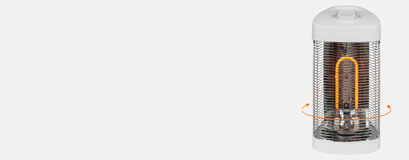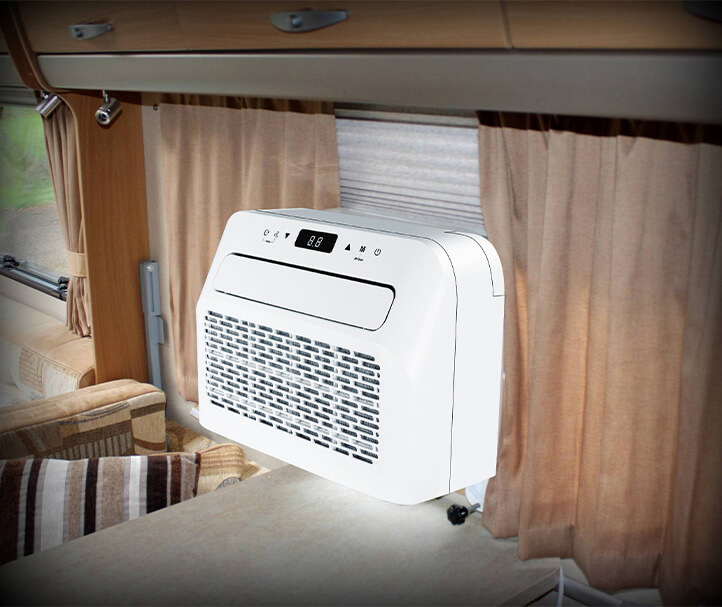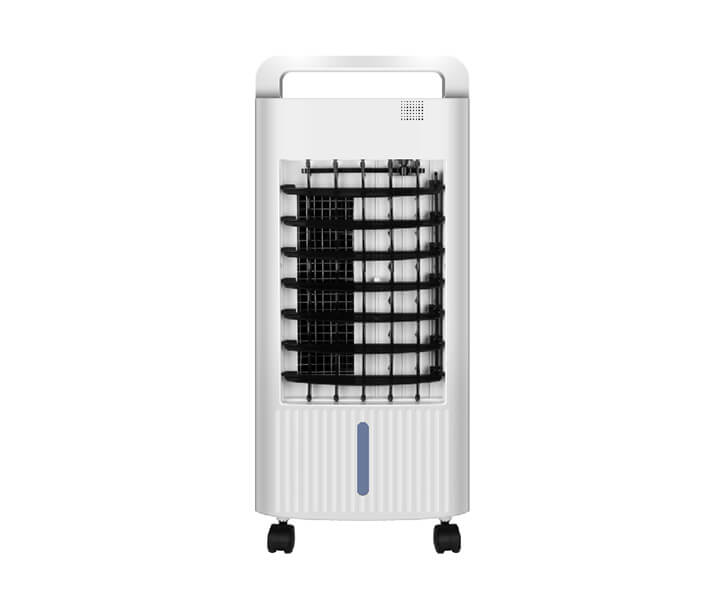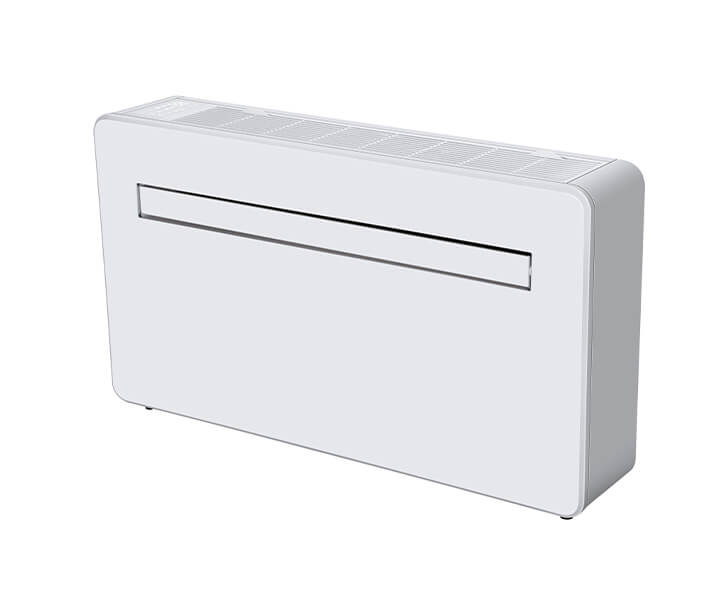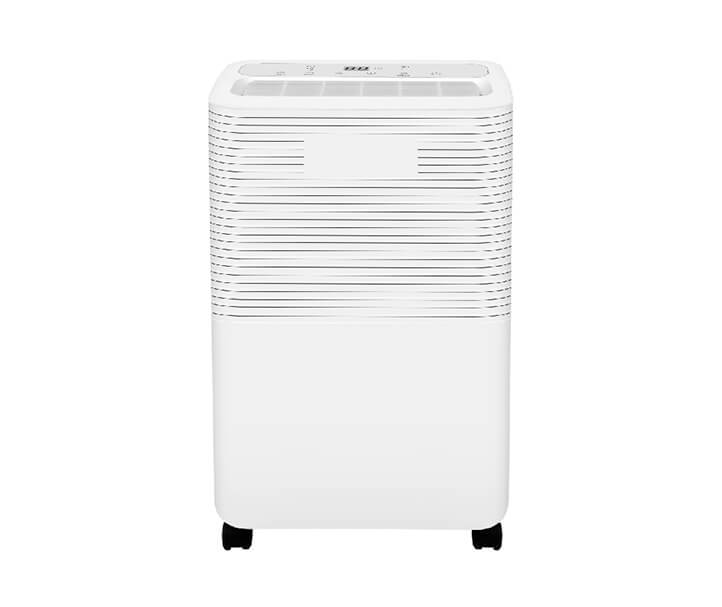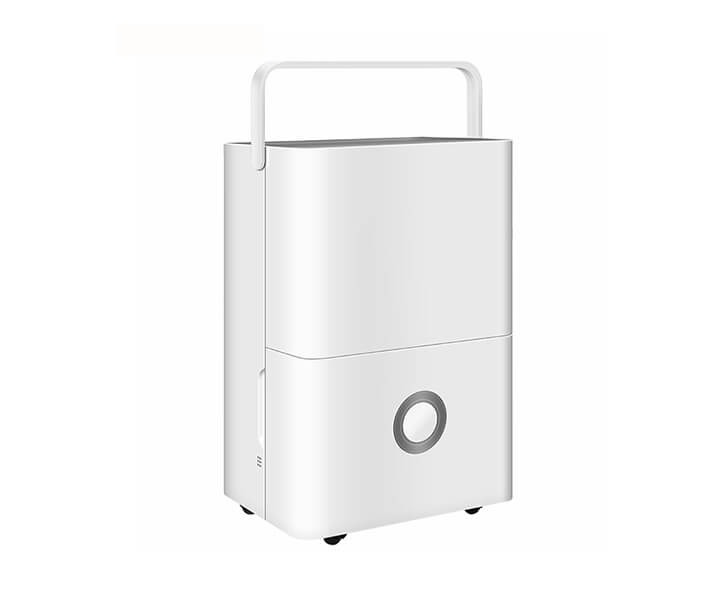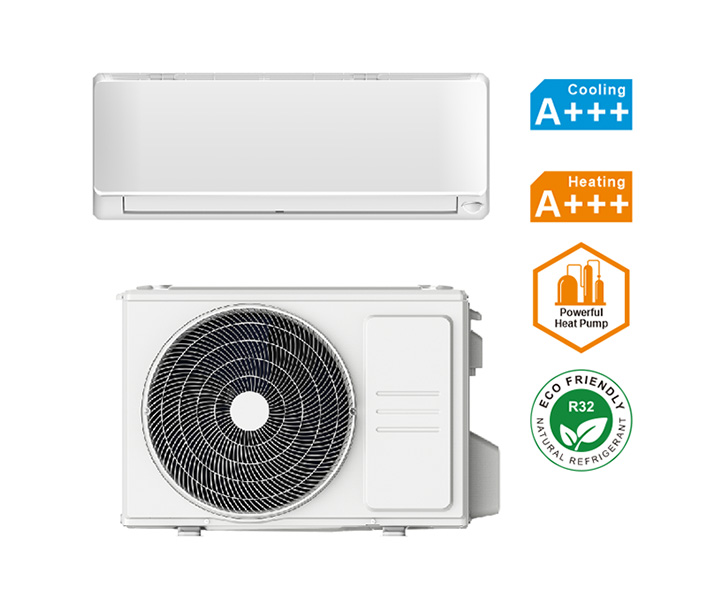
Infrared heaters cost electricity
2023-08-15 18:01:57
Understanding the Energy Consumption and Efficiency of Infrared Heaters
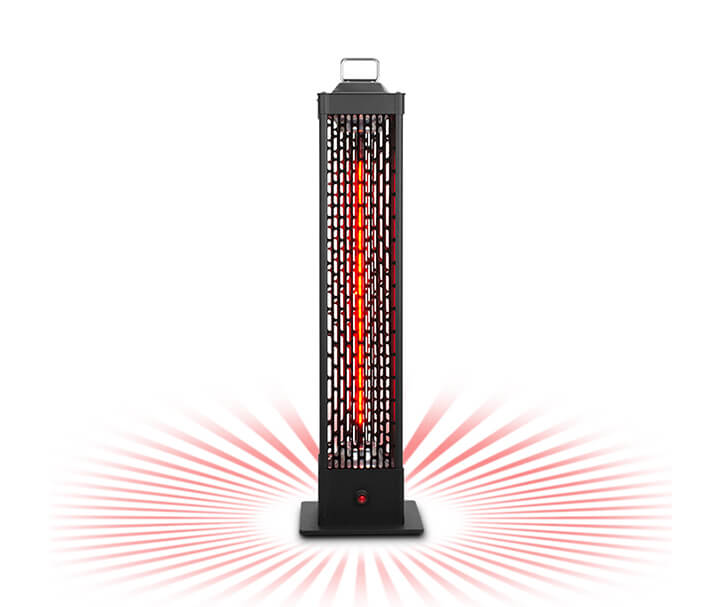
Infrared heaters, although highly efficient, do have an impact on your electricity usage. Understanding the electricity cost associated with using these heaters is essential to make informed decisions about your heating needs and expenses. In this article, we will delve into the details and explore the various factors that contribute to the electricity cost of infrared heaters.
1. How Do Infrared Heaters Work?
Infrared heaters work by emitting infrared radiation that directly heats objects and people in their path, rather than heating the air. The process involves a heating element, usually made of quartz or ceramic, which converts electricity into infrared heat waves. This unique heating mechanism results in a more targeted and efficient heating compared to traditional convection heaters.
2. Energy Consumption of Infrared Heaters
The energy consumption of infrared heaters primarily depends on their wattage rating. Higher wattage heaters consume more electricity but provide a greater heating output. It is crucial to consider the wattage carefully when purchasing an infrared heater, as higher wattage units may lead to higher electricity consumption and subsequently increased costs. However, the efficient way these heaters transfer heat can compensate for their higher wattage.
3. Factors Impacting Electricity Cost
The electricity cost of infrared heaters is influenced by several factors, including:
Usage Duration: The length of time the infrared heater is used directly affects its electricity consumption. Longer usage durations will inevitably result in higher energy costs. It is recommended to use these heaters only when needed and employ energy-saving measures such as adjusting the thermostat settings and using timers.
Insulation and Room Size: Well-insulated rooms and smaller spaces require less power to maintain a comfortable temperature, reducing overall energy costs. Proper insulation helps retain the heat generated by the infrared heater, allowing more efficient heating and reduced reliance on the device.
Local Electricity Rates: The cost of electricity varies depending on your geographic location. Factors such as electricity source availability, infrastructure, and government regulations can affect the local electricity rates. It is valuable to consider these rates when estimating the expenses associated with using an infrared heater.
Thermostat Settings: Adjusting the thermostat settings of an infrared heater can help optimize energy consumption. Lowering the temperature by a few degrees or using the device's built-in thermostat can reduce electricity usage without compromising comfort levels.
Conclusion
Infrared heaters provide efficient and targeted heating, but they do consume electricity. Understanding the various factors impacting the electricity cost of these heaters is crucial to estimate and manage your energy expenses effectively. By considering factors such as energy consumption, usage duration, insulation, room size, local electricity rates, and thermostat settings, you can make informed decisions to minimize the electricity cost associated with using infrared heaters.
Get the latest price? We'll respond as soon as possible(within 12 hours)


